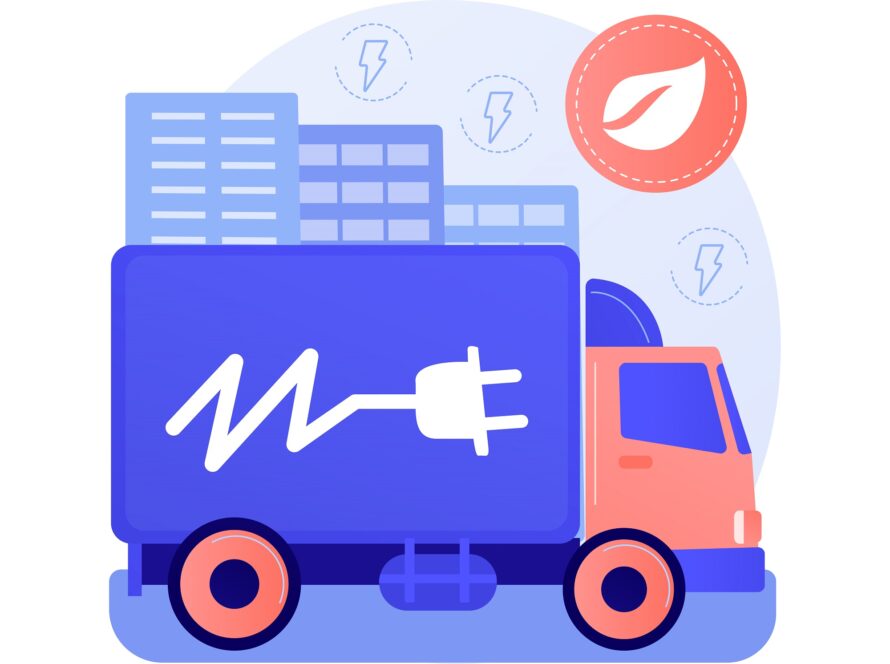Introduction
In the ever-evolving landscape of the trucking industry, a firm grasp of safety regulations is paramount for both trucking companies and drivers. This blog post serves as the ultimate guide, offering a comprehensive overview of the key safety regulations that shape the industry. From longstanding standards to recent updates, we explore the intricate web of rules that govern trucking operations, ensuring the highest standards of safety and compliance.
Key Safety Regulations
1. Hours of Service (HOS) Regulations:
Hours of Service (HOS) regulations are fundamental in promoting the safety of truck drivers and others on the road. These regulations dictate the maximum allowable driving hours and mandatory rest periods for truck drivers. Drivers can ensure legal compliance by understanding foundational rules like daily limits, weekly driving restrictions, and required break periods. Recent changes, including the revised HOS rules, have introduced flexibility to driver schedules, allowing for greater adaptability while maintaining safety. The impact on driver schedules and road safety is a critical discussion point, emphasizing the need for a balanced approach that prioritizes both operational efficiency and the well-being of drivers.

2. Commercial Driver’s License (CDL) Requirements:
Understanding Commercial Driver’s License (CDL) requirements is essential for truck drivers to operate legally and safely. Delving into these requirements involves covering the different CDL classes and endorsements, each indicating the type of vehicle a driver is qualified to operate. Recent updates in CDL regulations may include changes in testing procedures or additional requirements for specific endorsements. Emphasizing the importance of proper licensing is crucial for safe and legal operations, as it ensures that drivers possess the skills and knowledge necessary for handling different types of vehicles and cargo.
3. Electronic Logging Device (ELD) Mandate:
The Electronic Logging Device (ELD) mandate has transformed the way trucking companies and drivers track and manage hours of service. Exploring the ELD mandate involves detailing the requirement for electronic logging devices to accurately record drivers’ hours. ELDs play a crucial role in promoting transparency, reducing paperwork, and ensuring compliance with HOS regulations. Discussing the benefits of ELDs, such as real-time tracking, improved accuracy, and streamlined record-keeping, underscores their positive impact on both operational efficiency and safety compliance.
4. Vehicle Inspection and Maintenance:
Vehicle Inspection and Maintenance regulations are pivotal for preventing mechanical failures and enhancing on-road safety. Highlighting these regulations involves discussing the safety standards related to vehicle inspections and routine maintenance checks. The significance of pre-trip inspections is emphasized, as it ensures that trucks are in proper working condition before hitting the road. Adherence to maintenance schedules is crucial for preventing breakdowns and accidents caused by mechanical issues. By understanding and following these regulations, drivers contribute to overall road safety and prevent potential hazards associated with poorly maintained vehicles.
5. Cargo Securement Standards:
Cargo Securement Standards are designed to ensure the safe transportation of goods. Exploring these regulations involves detailing the rules governing the proper securement of cargo during transportation. Recent updates in cargo securement standards may introduce changes in guidelines or additional requirements. Providing insights into these standards and offering tips for drivers to ensure compliance underscores the importance of preventing accidents, spills, or cargo shifts during transit. Proper cargo securement contributes to road safety and prevents potential dangers associated with improperly loaded or secured cargo.

6. Drug and Alcohol Testing Requirements:
Mandatory drug and alcohol testing requirements are essential components of ensuring a drug-free and alcohol-free workforce in the trucking industry. Discussing these requirements involves exploring the procedures, frequency, and consequences of drug and alcohol testing for truck drivers. Recent changes and updates in testing procedures may include new testing technologies or adjustments to testing protocols. Emphasizing the importance of a drug-free and alcohol-free workforce underscores the commitment to maintaining a safe and responsible trucking environment. Awareness of these requirements is crucial for both drivers and trucking companies to uphold safety standards and regulatory compliance.
Recent Updates and Changes
1. Federal Motor Carrier Safety Administration (FMCSA) Initiatives:
The Federal Motor Carrier Safety Administration (FMCSA) plays a crucial role in shaping safety regulations within the trucking industry. Providing an overview of recent FMCSA initiatives involves detailing the agency’s priorities and strategies to enhance trucking safety. Discussions may include the introduction of new regulations, updates to existing standards, or changes in enforcement approaches. These initiatives typically aim to reduce accidents, improve driver health, and enhance overall road safety.
2. Technological Advancements in Safety Compliance:
The integration of technology has significantly influenced safety compliance in the trucking industry. Exploring technological advancements, such as advanced driver assistance systems (ADAS) and collision avoidance technology, involves discussing how these innovations are reshaping safety practices. The benefits of integrating technology into safety compliance include accident prevention, improved driver awareness, and enhanced overall safety measures.
3. COVID-19 Impacts on Safety Protocols:
The COVID-19 pandemic has brought about significant changes in safety protocols within the trucking industry. Discussing the impacts of the pandemic involves exploring how regulations and practices related to driver health, sanitation, and overall safety measures have evolved. This may include changes in protocols for driver rest areas, sanitation practices at truck stops, and adjustments to hours-of-service regulations to accommodate the unique challenges presented by the pandemic. Understanding the influence of COVID-19 on safety protocols provides valuable insights into the industry’s adaptability and resilience in the face of unprecedented challenges, ultimately contributing to a safer and more responsive trucking environment.
Conclusion
In the intricate world of trucking safety regulations, staying informed is the key to compliance and success. This ultimate guide provides trucking companies and drivers with a comprehensive overview of the fundamental safety regulations, while also shedding light on recent updates and changes that shape the industry’s future. By navigating these regulations with diligence and adaptability, the trucking industry can continue to prioritize safety and contribute to a secure and efficient transportation network.





